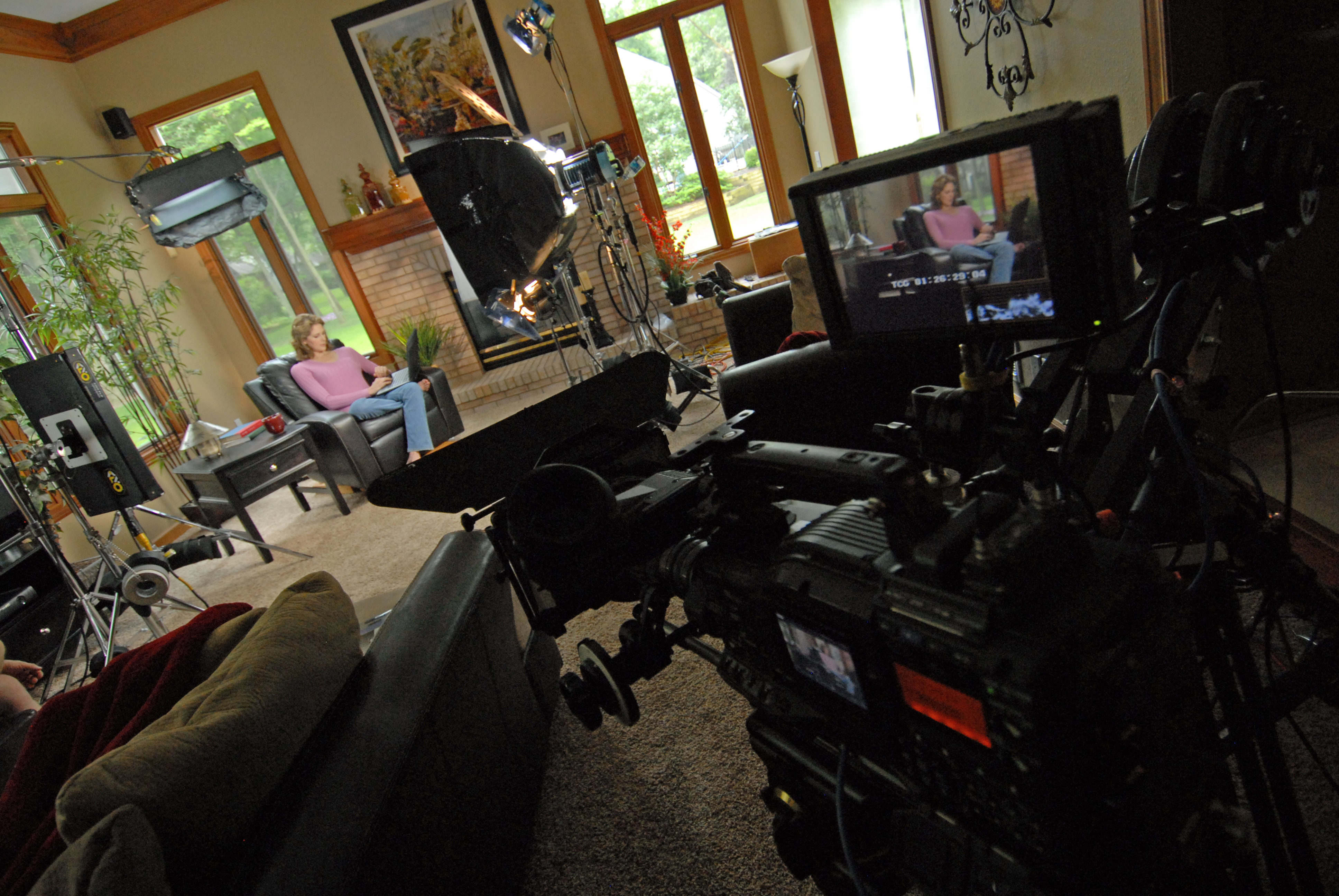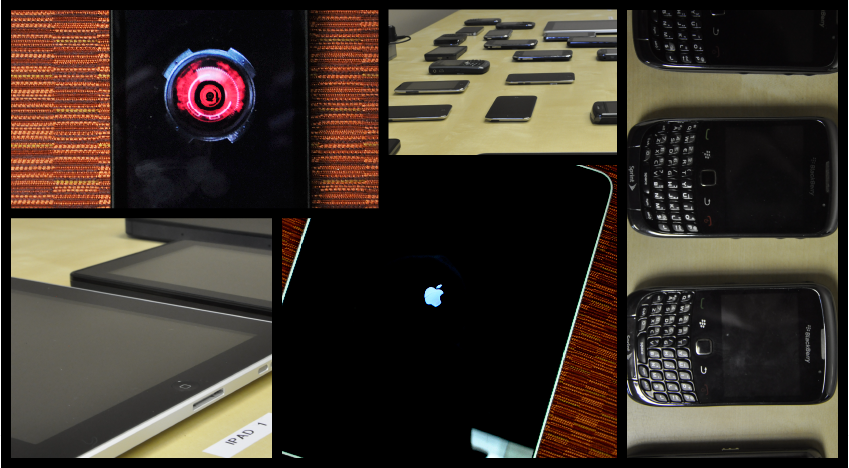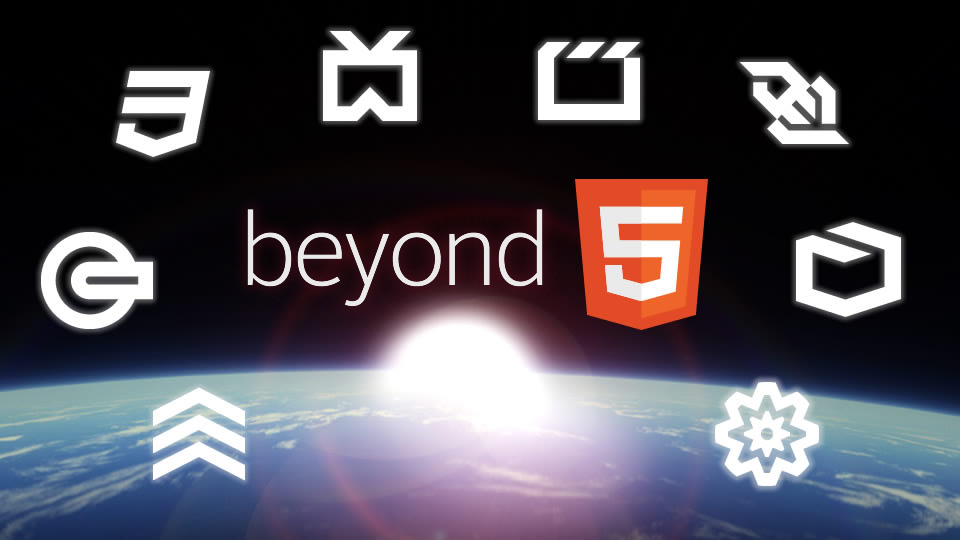5 Things Your Video Editor Wants You to Know
When I entered this field 20 years ago, video editing employed a “destructive” process. There was no “undo” button. Once you made a cut, it was final.
Today, digital editing has given us incredible flexibility to do, undo and redo. But you can’t always “fix it in post,” as they say. And even when you can, it’s likely to cost more than doing it right in the first place.
A high-quality video isn’t cheap, but spending the necessary time before you get to the edit suite will help you get the most for your money. Here’s how.
1. Begin with the end in mind.
What’s the purpose of the video? Who do you want to reach? What do you want them to feel, to believe, to do? It may seem obvious, but objectives are often overlooked. The same product, event or story can be shown a hundred different ways as a result of specific choices in lighting, camera direction, edit pacing, dialogue, music, graphics and more. The clearer the objective, the better we can leverage every detail to achieve it.
2. Dig in deep with the script.
It may look like just words on a page but make no mistake—the script is the blueprint for your video and the foundation of its success. Decisions about crew, equipment, talent, props, production scheduling and budgets all flow from this document. Once production starts, changes can be complicated and costly. Take time to review all scripts carefully. Read any narration aloud. Imagine the visuals. Involve other stakeholders early. The more solid the script at the outset, the smoother, faster and more cost-effective the rest of the process will be.
3. Think in pictures.
Don’t get bogged down in wordy narration. A video shouldn’t read like your annual report. Every second of audio must be paired with some kind of image on screen. Most shots are on screen for 4-5 seconds, max. In a fast-paced video, it may be more like one second or less. There’s nothing worse for an editor—or for your audience—than two minutes of visuals straining to cover 10 minutes of narration. Craft a clear, tight message; then invest in great visuals to bring it to life.
4. Bring your A-game to the set.
No matter how buttoned-up you are going into a shoot, production is a moving target. The set is a hotbed of decision-making on endless final details. As the client, your input is invaluable in making sure that what ends up “in the can” (on film, tape, or digital media) meets your needs and expectations. Production days can be long and tedious, but do-overs are expensive. Whenever possible be there, be prepared and stay engaged in the process. You are an important part of the team!
5. Look beyond the project.
You’re investing a lot in this project. It makes sense to leverage the assets you have. Will the video need to be translated into other languages? Is it setting the tone for a library of assets? Will it need to be cut down into shorter versions? Updated annually? With an overall video strategy, we can help identify needs and opportunities in advance so you can take advantage of production efficiencies.
With a clear objective and careful planning, we can help you do more (and undo or redo less!) to get the most from your video budget.





